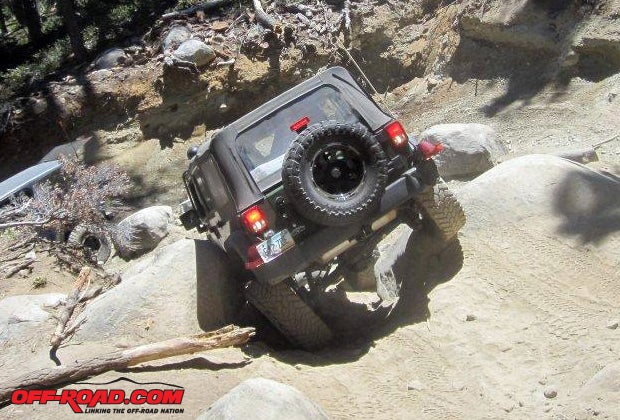
This past July, our group of four Jeeps—one TJ and three JK Unlimiteds—crossed the Rubicon for three days and two nights of Sierra Nevada adventure. This was perhaps my 13th or 14th crossing of the Rubicon going as far back as the late ‘70s, and the last time being in ’06. It was also the roughest that I’ve ever seen it (and the earliest in the summer). All four Jeeps—as you can see in the above referenced video and the accompanying photos—were very well prepared with lift kits, lockers, aggressive off-road tires, winches, Hi-Lift jacks, tow straps, and CB radios, but we still suffered quite a bit of damage to the JKs’ bodies and chassis (the more narrow and shorter TJ slipped through with just a few scratches and dings).
Each year the Jeep Jamboree USA takes hundreds of participants across the Rubicon Trail over two adjacent weekends around the first of August, while Jeep introduces the media to their new models over the last half of August, which is where I was introduced to the JK in August of ’06.
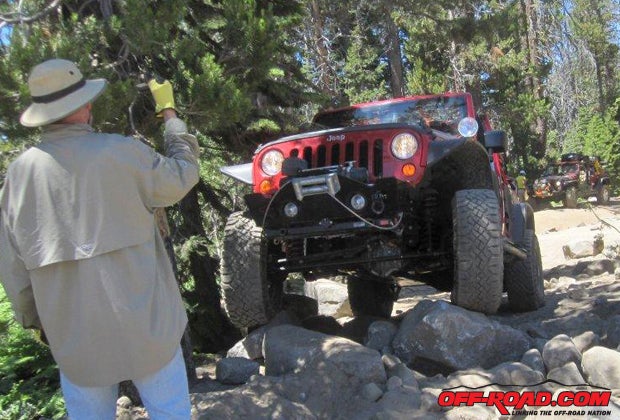
For two weeks prior to the JJUSA jamborees each summer, to correct the winter’s damage to the trail several very large groups of volunteers swarm all over the Rubicon like ants digging a new home. Since the trail is now designated as a country road, the county choppers in tons of large-rock gravel, leaving it in huge piles along the trail, and then the JJUSA volunteers use that gravel to “prep” the trail for the jamborees. This annual prepping allows Jeeps of varying capabilities to negotiate the trail without damage, and for the new stock models to show off their superior skills to the journalists.
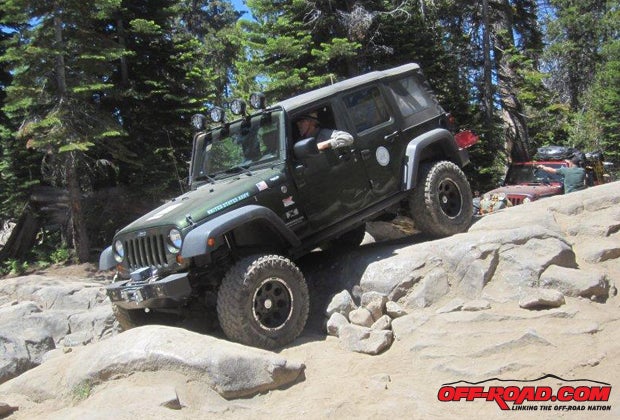
Those of us who did damage to our driveshafts from sliding over boulders, weren’t to know that the ‘shafts had been hurt until we hit the highway into South Lake Tahoe. A vibration would start around 45 mph and then become progressively worse until between 55 and 60 mph would magically disappear. If you should encounter this same vibration, visit a driveline shop and ask an expert if that’s what is causing the vibration.
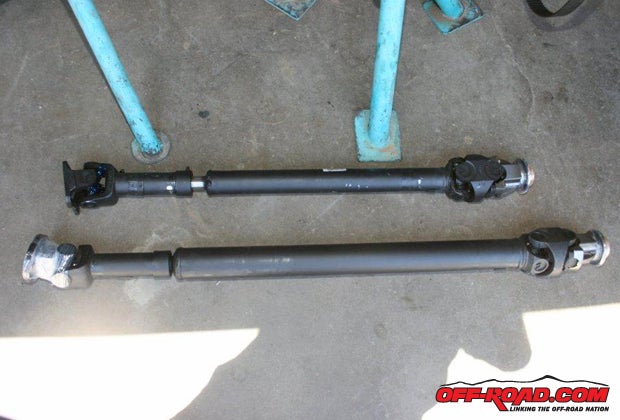
If the driveshaft, either front (rarely) or rear must be replaced, you’ll need to make a decision. If you’re under warranty, take your Jeep to a dealer and have it replaced with an OEM unit through the warranty. Or if you’re out of warranty and you want to stick with an OEM Jeep driveshaft, all you have to do is unbolt each end and install the new ‘shaft in the same manner as you removed the older unit (you needn’t read any further). When you order the new driveshaft(s), order a repair manual at the same time so that you’ll know the torque specs for the bolts. Also, you needn’t worry about the rubber sleeve covering the ‘shaft’s slip joint, it won’t hurt a thing if it’s torn or removed.
However, after seeing what the Rubicon did to both of my OEM driveshafts, I decided I’d rather replace them with stronger, albeit smaller, aftermarket driveshafts. Allowing my fingers to do the walking through the Internet, I found Powertrain Industries (http://www.powertrainindustries.com/).
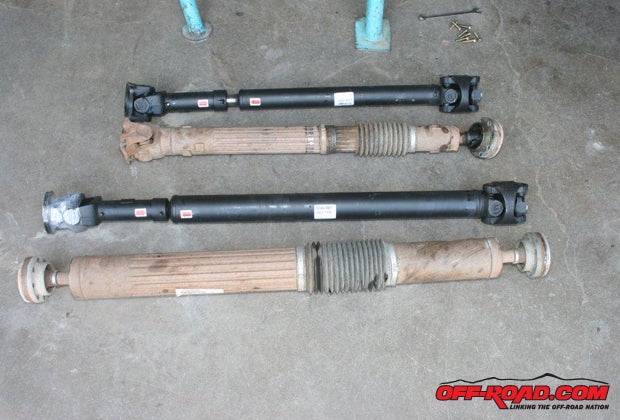
Powertrain builds double Cardin-style CV (constant velocity) driveshafts that are widely popular with the owners of almost any domestic 4WD vehicle. The 1310 series for the JK models are somewhat light-duty compared the 1350 series or larger normally seen on 3/4-ton or 1-ton trucks, but it is plenty strong for the Wrangler applications. And the design gets rid of the slip yoke and returns to the old-school design of the slip joint being near the differential end of the driveshafts.
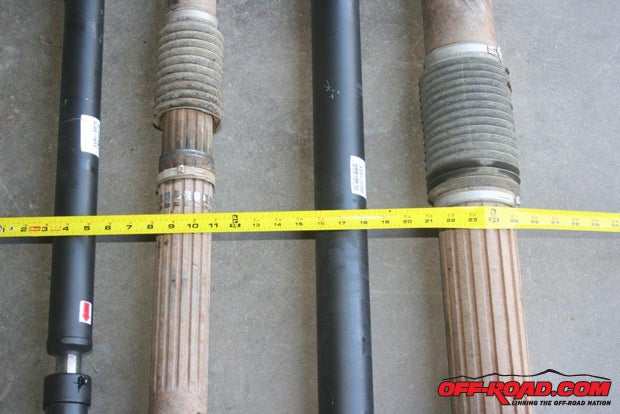
If you are looking for a complete shaft that is dynamically balanced and ready to install in your vehicle, Powertrain has the broadest selection. According to company literature, Powertrain builds these shafts every day, and usually have them ready to ship when you call. The part numbers you’ll need for JK model Jeeps are: model year 2007 ~ 2011 JK Unlimited (4-dr)—front PN 3194-1925, rear PN 3194-2750; model year 2012/13—front PN 3194-2125; rear PN 3194-2550; and model year 2007 ~ 2011 JK 2-dr—front PN 3194-1925, rear PN 3194-0750; model year 2012/13—front PN 3194-2125, rear PN 3194-0475.
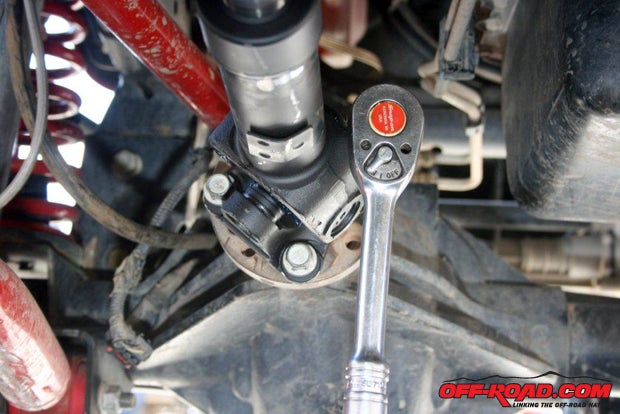
You’ll need additional room under the Jeep while you’re crawling around installing the driveshaft(s), so make sure it’s safe before sliding under. Although I didn’t use them, I suggest metal ramps rather than jackstands.
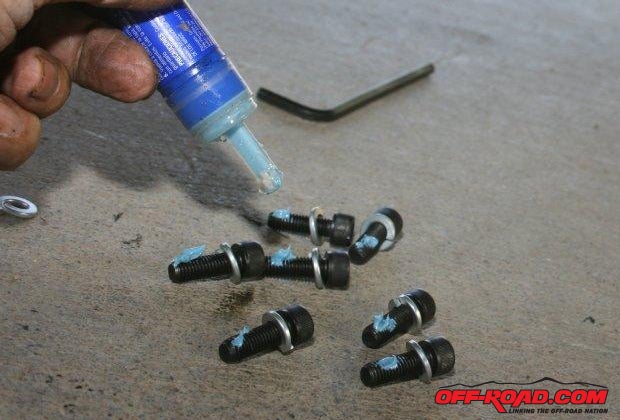
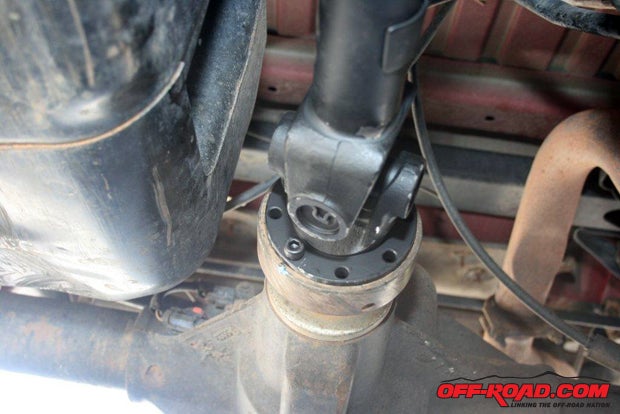
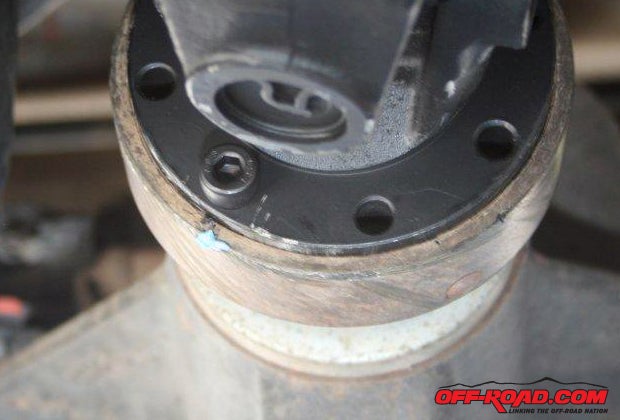
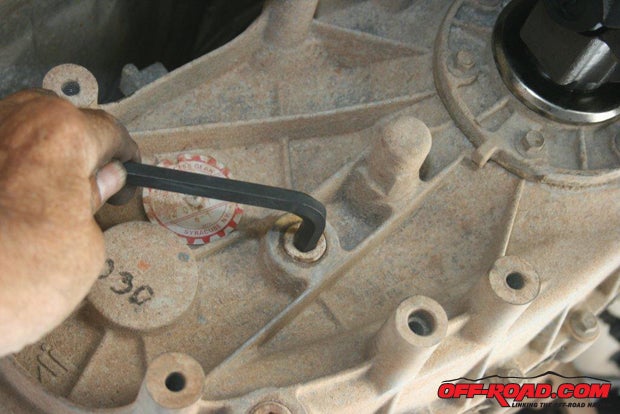
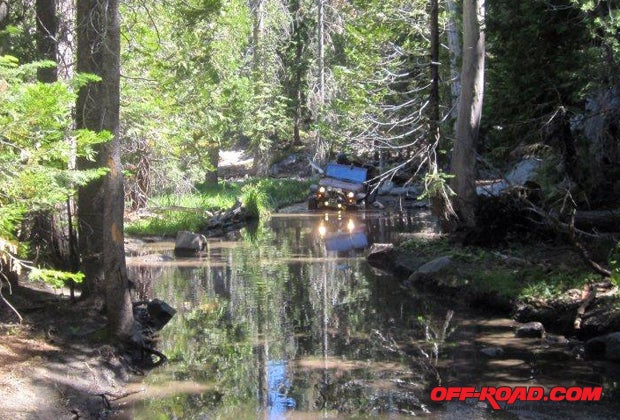
CONTACT
PowerTrain Industries
800/798-4585
http://www.powertrainindustries.com/


 Your Privacy Choices
Your Privacy Choices